I am definitely not a big non-fiction reader, as you can see by the books listed on the right side of my blog. So it’s rare that I pick up (and finish) a non-fiction book, and even rarer that it’s a sports memoir. But I was intrigued by Andre Agassi’s autobiography Open when it came out. Agassi was such a character on the tennis court, and I remember reading a New York Times Magazine profile in the 90s about the rivalry between him and Pete Sampras which painted him as a man of many contradictions and internal tensions. So when I came across Open at the library (why hello, FTC!), I jumped on it.
Open did not disappoint. It is a pretty exhaustive memoir of Agassi’s first forty years, starting when he was a young kid pushed into tennis by a relentless, unaffectionate father who was bent on having one of his four children become a tennis star. It chronicles his years at the Bollettieri Academy in Florida, and his (secretly reluctant) entry into professional tennis at 16. The next twenty-five years are a swirl of training, tournaments, Grand Slams, rivalries, relationships, marriages, and soul-searching. I found it hard to put this book down and looked forward to getting back to it, thanks to good writing and a very compelling subject.
Yes, Agassi’s self-absorbed – his “team” of trainers, coaches, managers and advisors who accompany him over his career to every tournament is testament to his many needs, both physical and emotional. And at times the book falls into a pattern – he’s up in the rankings, or he’s down; he’s losing against Sampras, or he’s beating Sampras; he’s recommitting and training, or he’s losing and disconnecting. But I suppose that’s the reality of a 20-year professional tennis career. Agassi was inconsistent and sporadic in his playing, and this book captures the ebb and flow that he displayed on the court. His memory of individual players and games from countless tournaments played all over the world is impressive; in the Acknowledgments, he deservedly credits the researchers who must have painstankingly recreated his career for him as he went through the process of writing the book.
Agassi professes to hate tennis – the game that made him famous (and very rich) – yet he is unable to walk away from it, even when he’s in control of his own destiny. At the core of this book is this tension between hatred and dependency, and how Agassi powered through it to become one of the most successful players in history.
I especially enjoyed the depiction of his two marriages – the first to Brooke Shields and the second to Steffi Graf. Not surprisingly, his current wife (and mother to his two children) fares much better in the book than his first, who comes across as self-centered, materialistic, and not particularly interested in or supportive of his career. A mismatch, for sure.
One minor complaint – I wish there were more photos! Agassi’s appearance played a big role in his image as a player (rightfully or not), and I’d have liked to have seen more pictures. (Of course, a Google image search can satisfy that curiosity). The cover photo, though, is amazing – I saw it up close (and huge) at the National Portrait Gallery in November and it’s a very affecting picture.
In all, Open was an excellent read. I’m very glad I went outside my comfort zone for this one. Highly recommended.

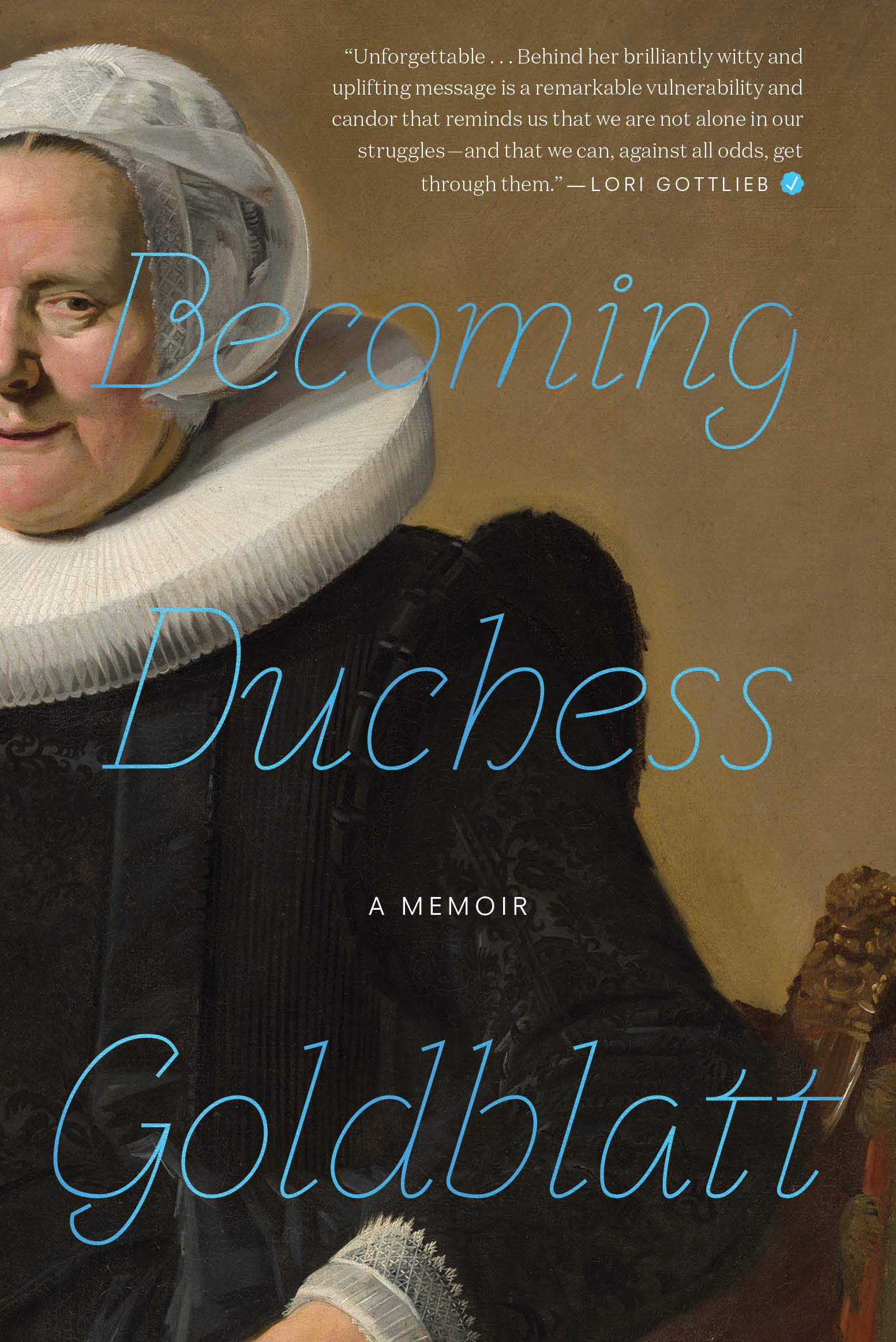
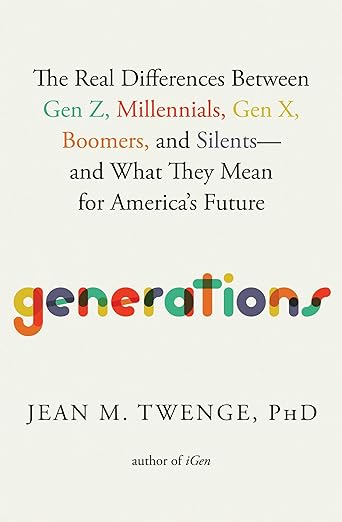

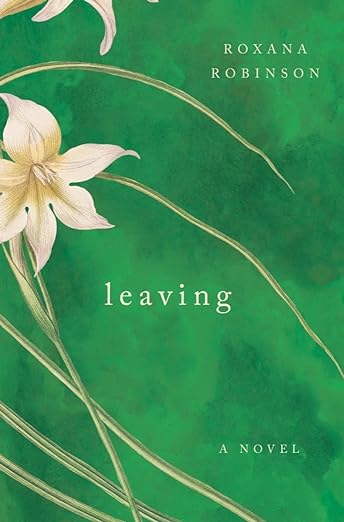
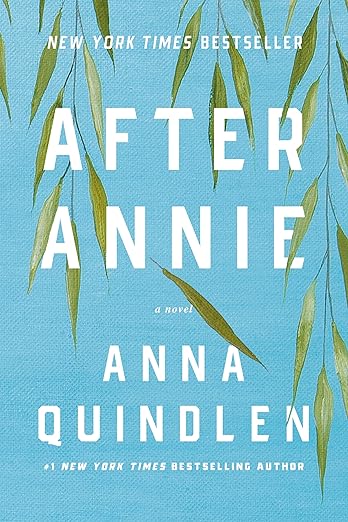
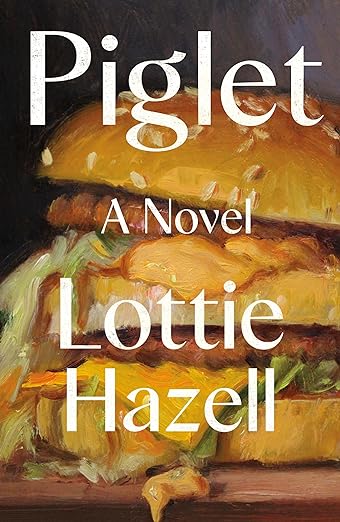
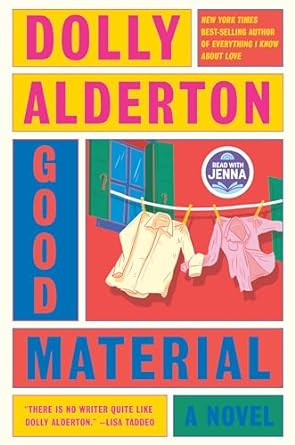
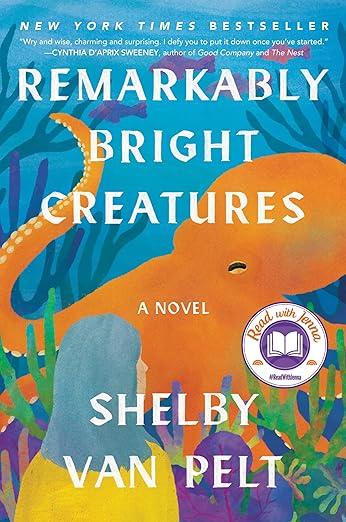
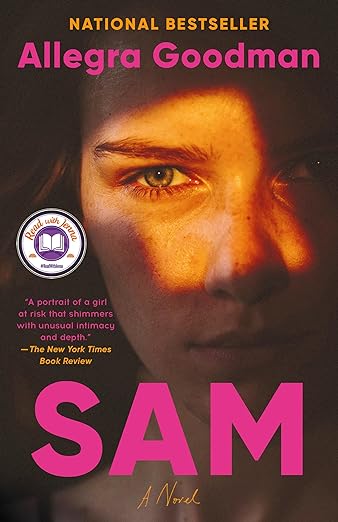
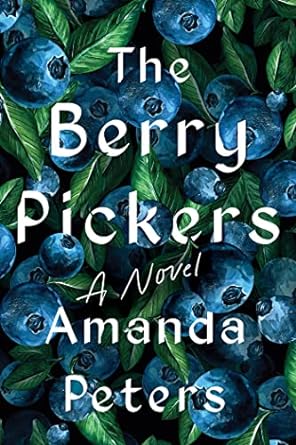
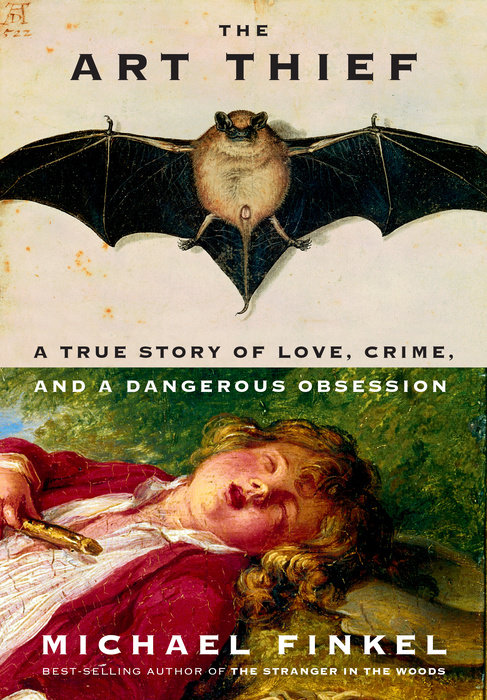
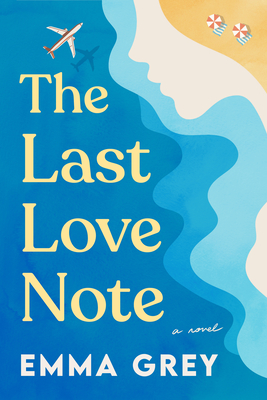
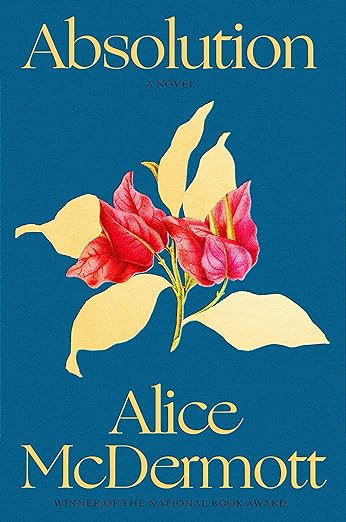
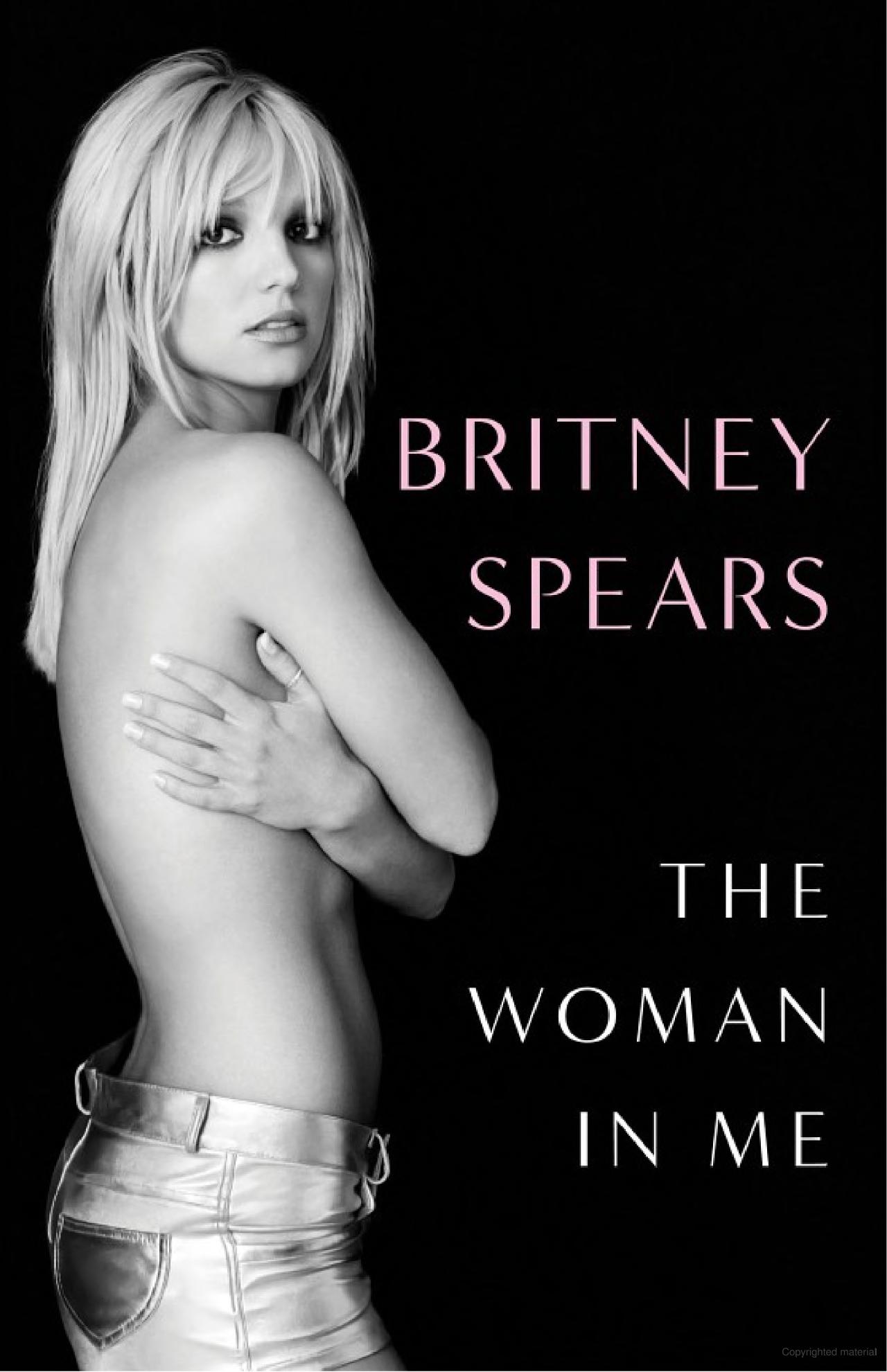
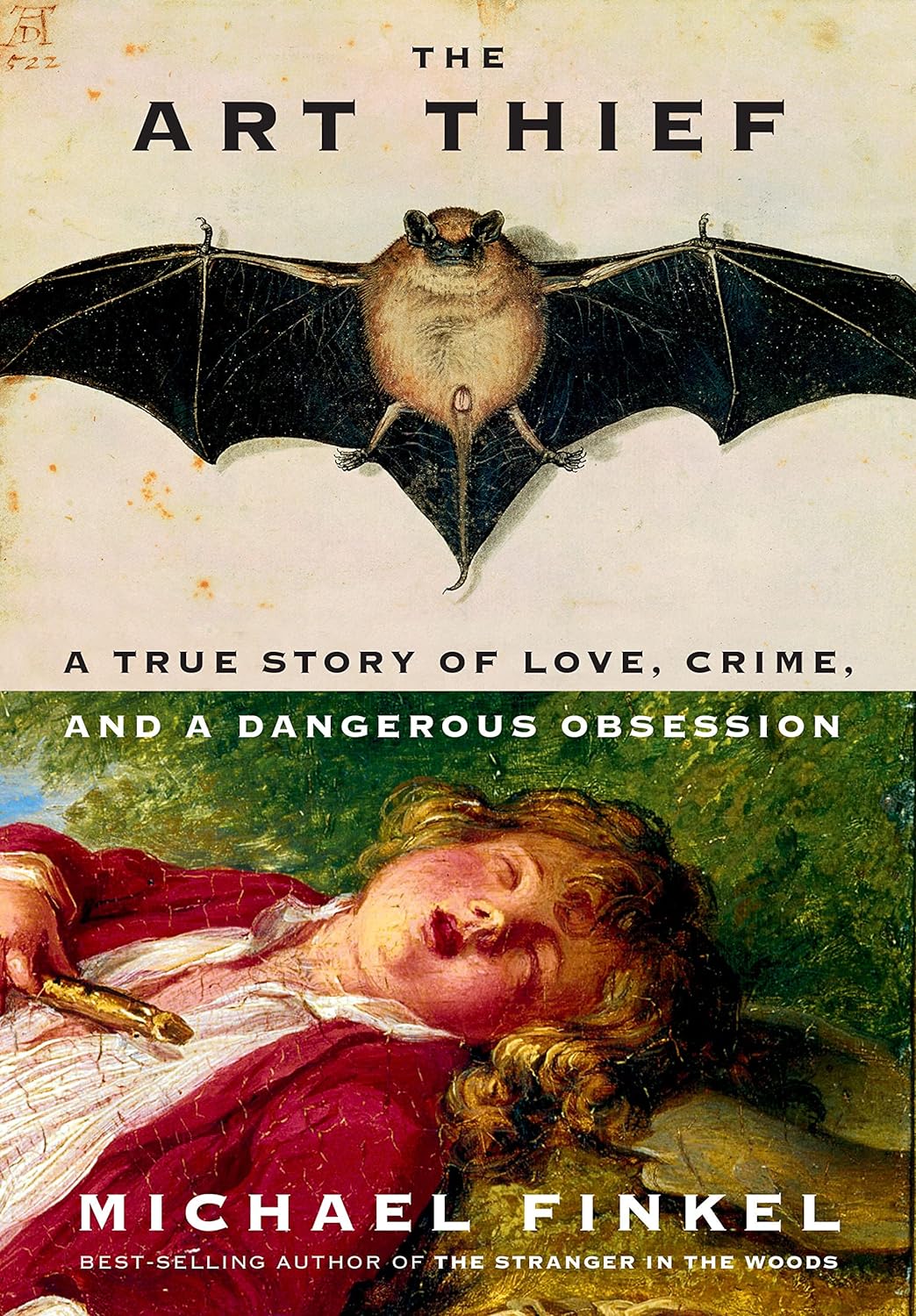
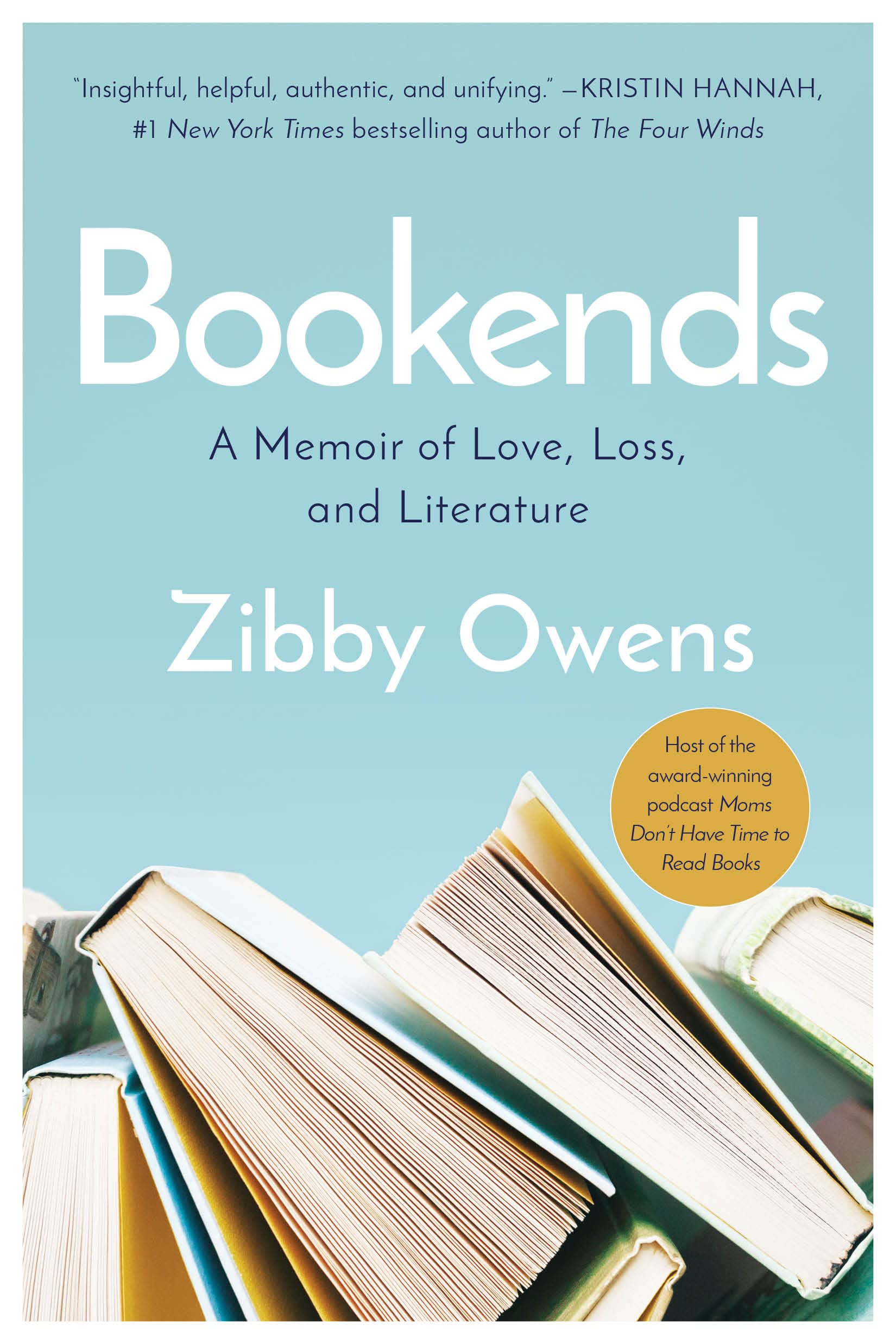
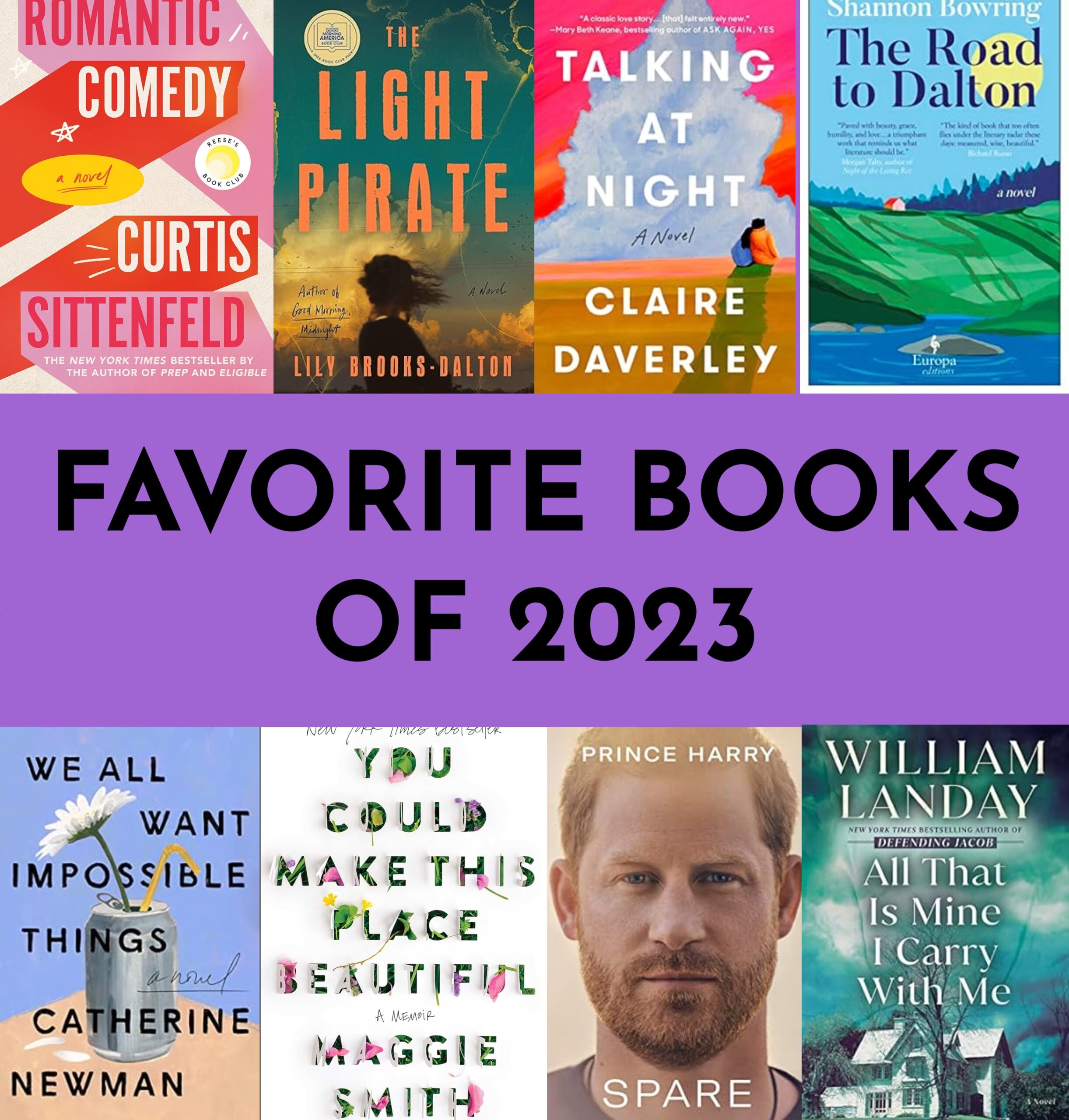
About Me
I have been blogging about books here at Everyday I Write the Book since 2006. I love to read, and I love to talk about books and what other people are reading.